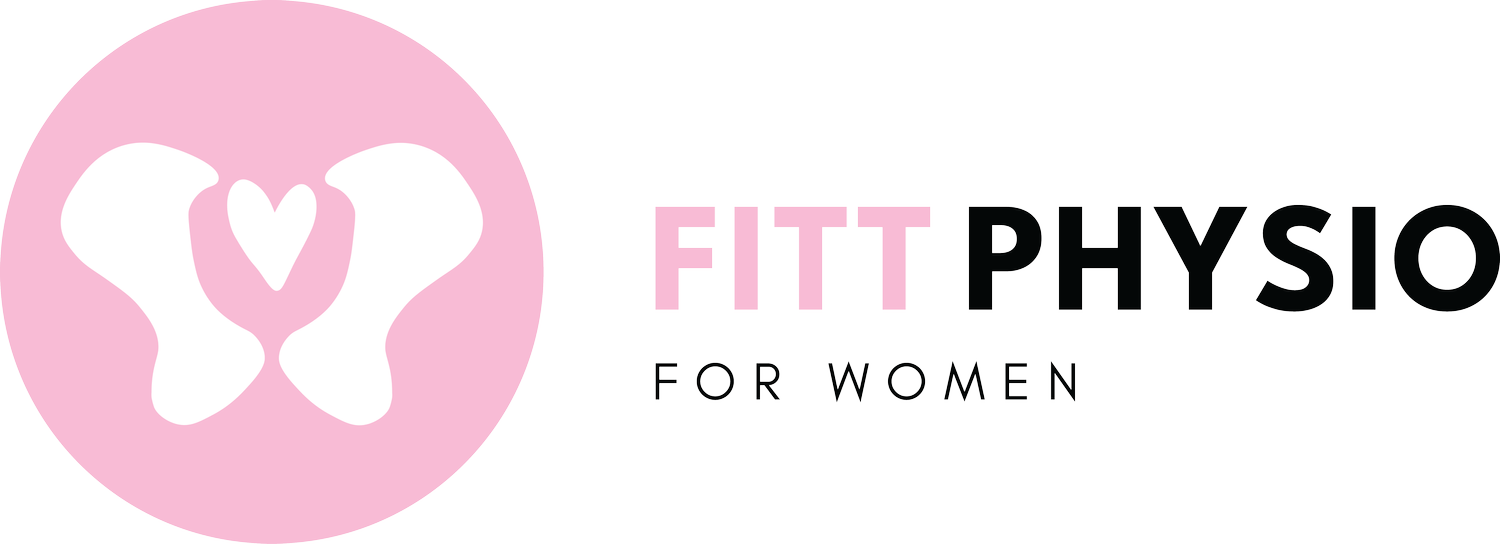Inside Out: Dispelling Myths about Pelvic Health
A standard workday for a pelvic health physio often includes time spent unravelling the misconceptions that our patients have heard. Routine questions about symptoms like bladder leakage, constipation, or pain during sex often yield responses like "Oh, not really - at least no more than normal!" However, these symptoms do not reflect normal pelvic floor function. I want to unpack four common myths so you have a better idea of how to prioritize your own health and wellbeing.
MYTH 1: It's normal to have X/Y/Z, so there's no need to worry.
In an attempt to destigmatize pelvic floor issues, many symptoms have been wrongly normalized. Many a mothers group has spent time laughing about a newfound fear of trampolines (“because I’ll probably pee my pants!”). We all appreciate the relief of sharing a common struggle, but I'm here to interject with some hope - these types of issues are not normal and they can be improved upon! What physios wish people were better equipped for was distinguishing what is normal pelvic floor function versus not normal dysfunctions. Here are some common issues that can be identified and managed with physio input:
Bladder or bowel leakage, urgency, or frequency
Sexual pain
Period pain affecting daily activities
Constipation
Sensations of vaginal heaviness, lump, bulge, or dragging
Lack of control over passing wind (flatal incontinence)
This not an exhaustive list, so if you’re experiencing bothersome symptoms or are unsure if what you're experiencing is normal, reach out to our team for assistance.
MYTH 2: I can’t talk about it, it's too embarrassing.
As little kids we're told not use toilet language or potty talk, as teens we only talk about periods in whispers and as adults we know it's not always appropriate to discuss details about our sex life publicly. It's no wonder discussing sexual function, gynecological issues, or bladder and bowel problems can feel awkward or like TMI. But trust us, when you see a pelvic floor physio, we've had this same discussion 10 times already that day. When you say, "this might be too much information, but…" it’s often the crucial information we need to help you. This is part of our day to day job, there's no need to be embarrassed. We'd love nothing more than for these topics to become less taboo so people feel empowered to seek help when needed.
MYTH 3: Kegels are the only solution/the more Kegels, the better.
While pelvic floor exercises (often called 'Kegels') are valuable for strength and symptom reduction, they're not the only solution. Some patients struggle despite dedicated Kegel work because a multifaceted approach is often necessary. Physios tailor programs that may include exercise, manual treatment, and lifestyle adjustments. Like any muscle group, too much exercise can be counterproductive. Imagine you performed 30 reps of bicep curls every hour throughout the whole day - your arms would be incredibly fatigued and perhaps sore. It's the same for our pelvic floor. We prescribe based on evidence and individual assessments to avoid unnecessary fatigue. For some, focusing on relaxation rather than strength is key—a far cry from a one-size-fits-all approach.
MYTH 4: Pelvic floor physiotherapy is only for women who have had babies.
While pregnancy and childbirth are risk factors for developing pelvic floor dysfunction, they aren't the only things that can predispose you. If any of the items on the following list strike a chord and you have issues with your pelvic floor, seek the support of a specialising physio. Pelvic health physiotherapy is for people at any and all stages of life.
Other risk factors for pelvic floor injury/dysfunction:
Chronic coughing
Chronic straining on toilet due to constipation
Pelvic trauma from accidents/surgeries
Genetics
Obesity
Hormonal changes
Repetitive heavy lifting
Long term smoking
High impact exercise
Even if you are not symptomatic of pelvic floor issues, training your muscles appropriately is important for lifelong pelvic health.
